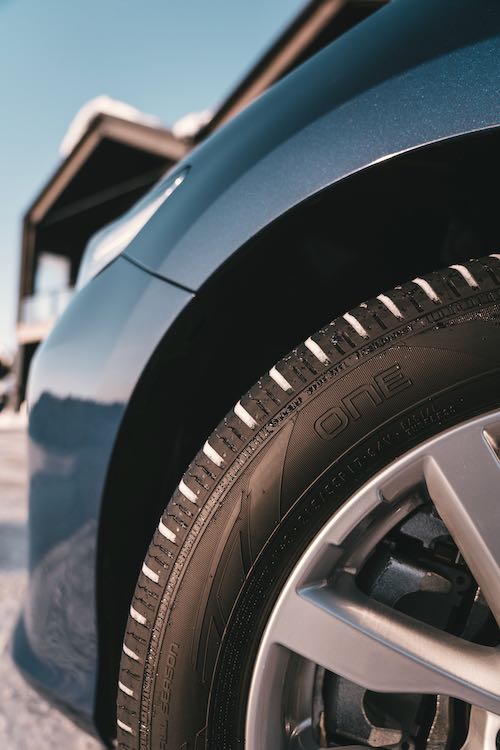To choose between all-weather tires or all-season tires, you need to know what sets them apart. The main thing that sets them apart is that all-weather tires hold the “Three Peak Mountain Snowflake” emblem, assuring that they have passed required safety testing on snow and ice and can therefore have a severe snow service rating. This makes the decision easier when choosing between either all-weather tires or all-season tires because you will need to consider the weather where you live. If you need tires that can handle winter, then all-weather tires are best, whereas if the area you live in has mild winters, then all-season tires are a great choice.
All-weather tires with their snow service rating allow you to feel safe even in harsh winter conditions. It also makes it easy to transition from one season to the next as there is no need to change into winter tires. The all-weather tire is a cross between a winter tire and an all-season tire, giving you the best of both and the flexibility to drive in all-weather conditions. Made up of special rubber compounds that allow them to tolerate a wide temperature range, allowing them to perform equally well in winter, spring, summer, or fall. Tires like the Nokian Nordman Solstice all-weather tires are an excellent example of tires made to withstand ice, snow, rain, and heat, so you will be prepared no matter what the forecast is. In addition, these tires help protect against hydroplaning while offering low rolling resistance that allows you to save on fuel.
All-season tires are a great all-around tire that has become very popular in recent years, and many cars leave the factory with all-season tires. In general, all-season tires have low rolling resistance and many innovations that help protect against hydroplaning. All-season tires are also made up of special rubber compounds that allow for a wide temperature range; however, they are not able to handle temperatures much below freezing. Companies like Nokian Tyres have come up with special tread patterns that allow for an increased evacuation of water to allow the tires to displace larger amounts of water between the tires and the road. All-season tires have low rolling resistance, so you can save on fuel.
Once you realize the difference between all-season tires and all-weather tires, you will be able to decide what suits you best. If you prefer to have all-season tires but live in an area with severe weather, there exists the option of changing into winter tires in the winter. With innovations having been made in both all-weather tires and all-season tires, they are both tires with low rolling resistance that help protect against hydroplaning while allowing for excellent grip and traction. Tires, in general, are becoming more environmentally friendly, with most manufacturers even adding silicon to the rubber compounds to decrease rolling resistance. This makes both all-weather tires, and all-season tires are excellent all-around tires with great handling and comfort.
For more information on all-weather and all-season tires, visit https://www.nokiantires.com/
